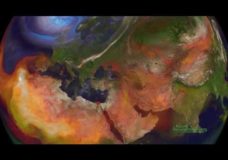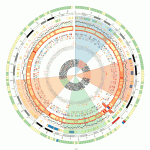How We Measure Photosynthesis – NEON Education (2014)
National Ecological Observatory Network (NEON) is a large collaborative group of long-term ecological research sites spread over 81 locations in the United States including Harvard Forest and Smithsonian Ecological Research Center (SERC). This video is a part of the educational portfolio by NEON showing how researchers measure photosynthesis at single leaf level using infra red gas analyzers. Understanding photosynthesis at leaf level enables scaling up and extrapolate photosynthesis at forest level. Infact, there are computer models that treat forest canopies […]






Recent Comments